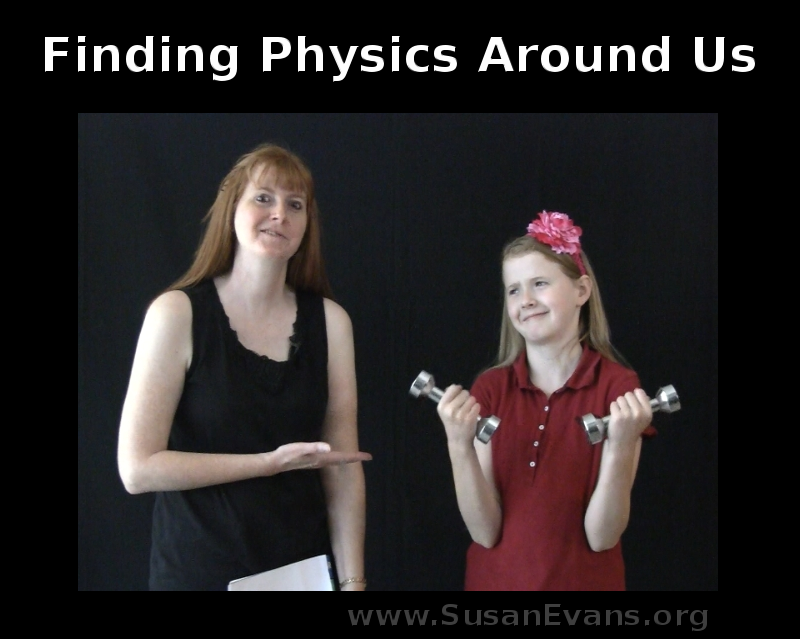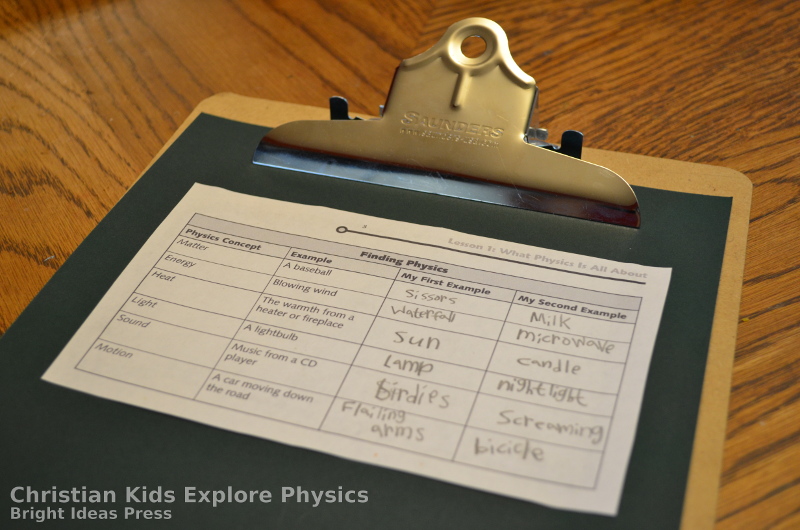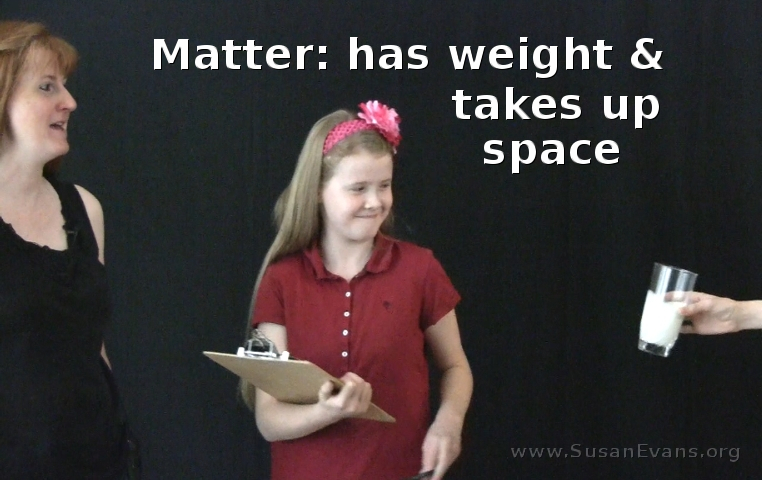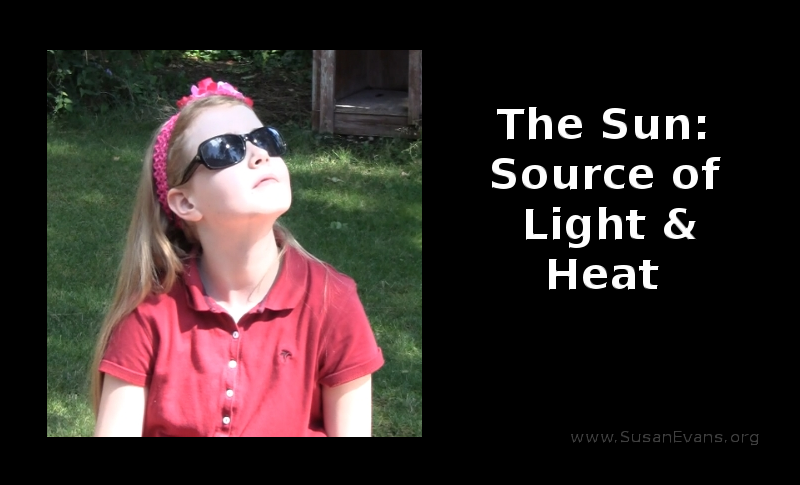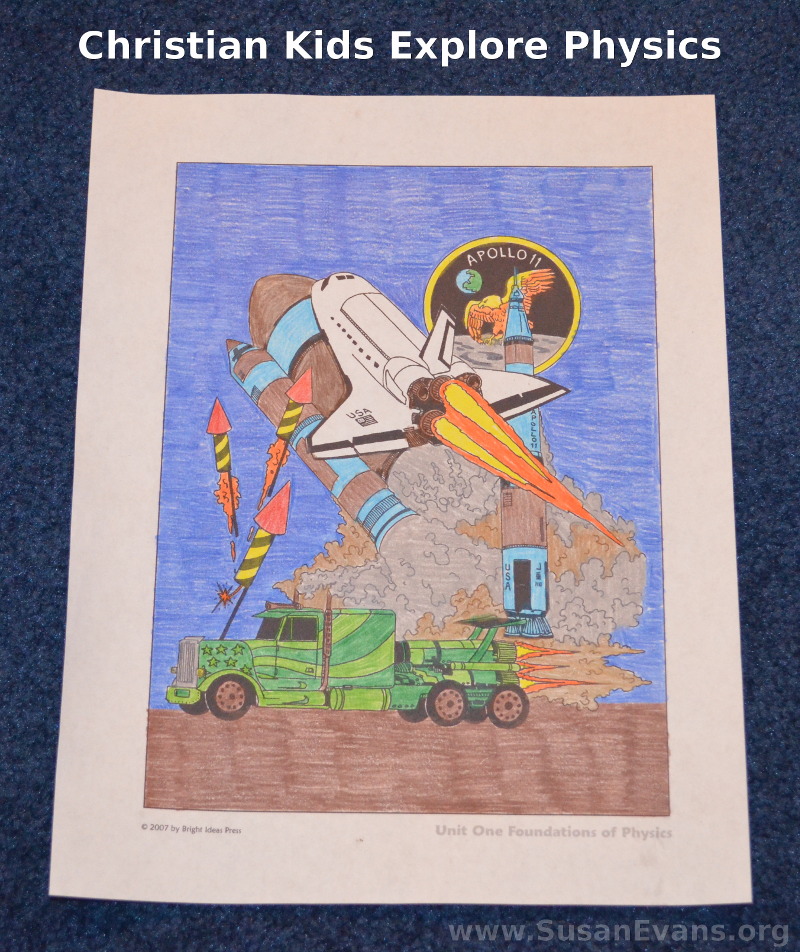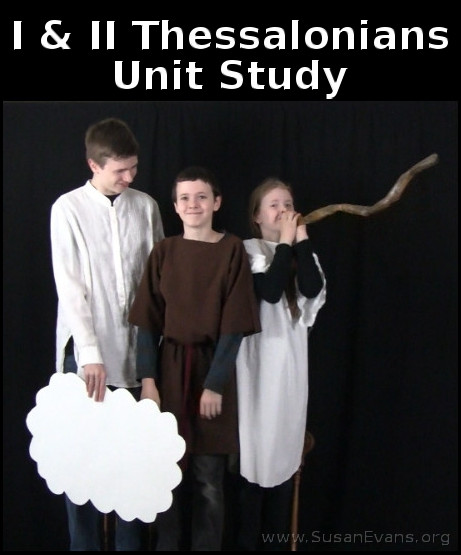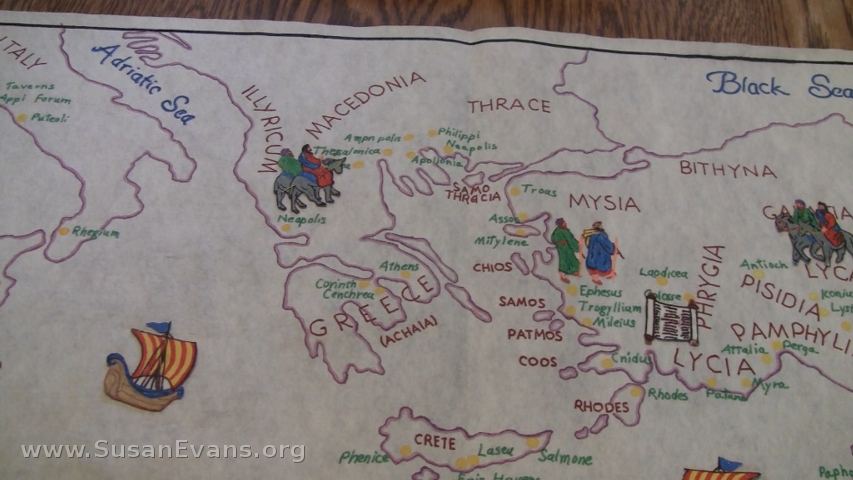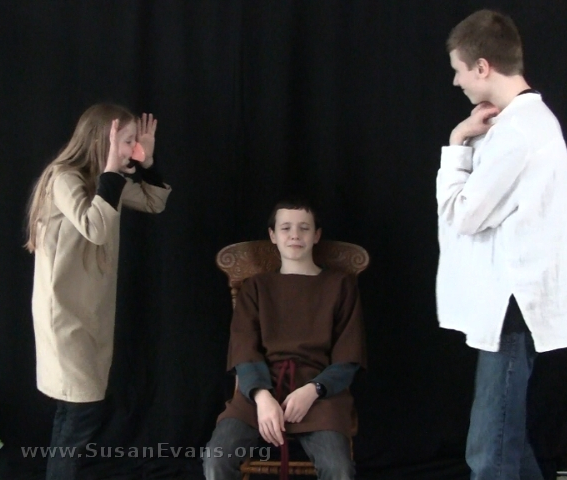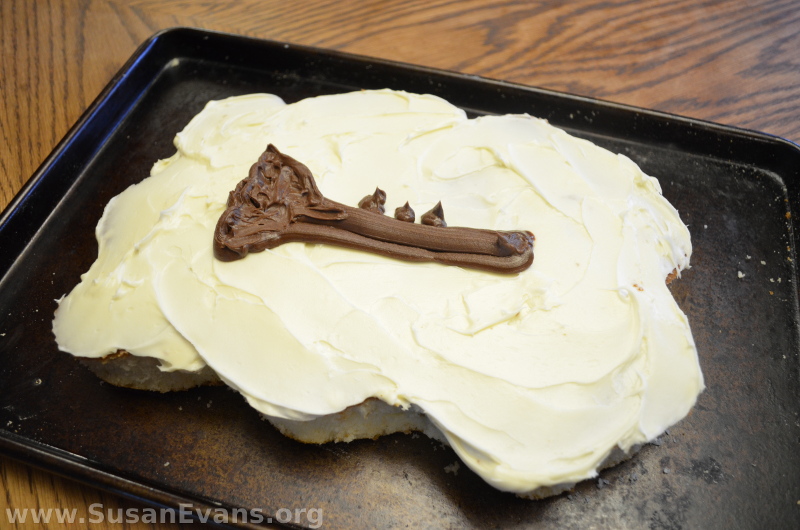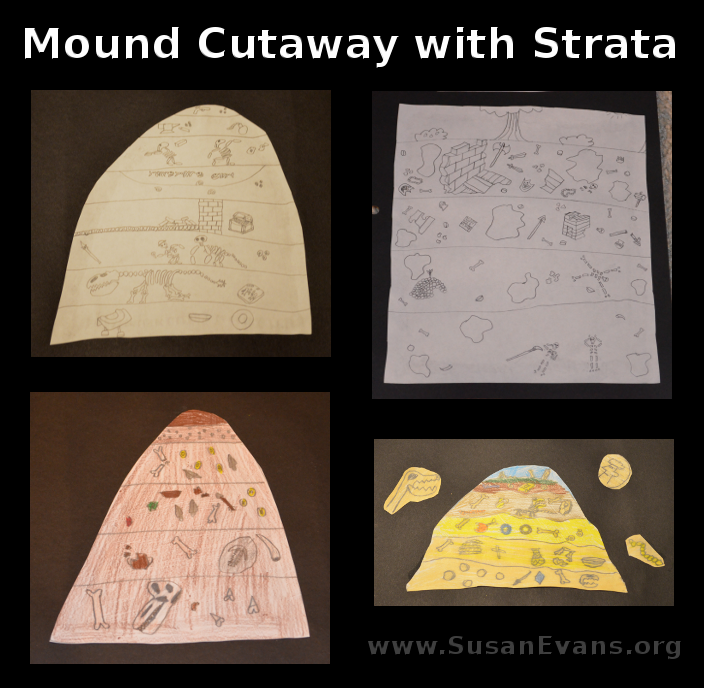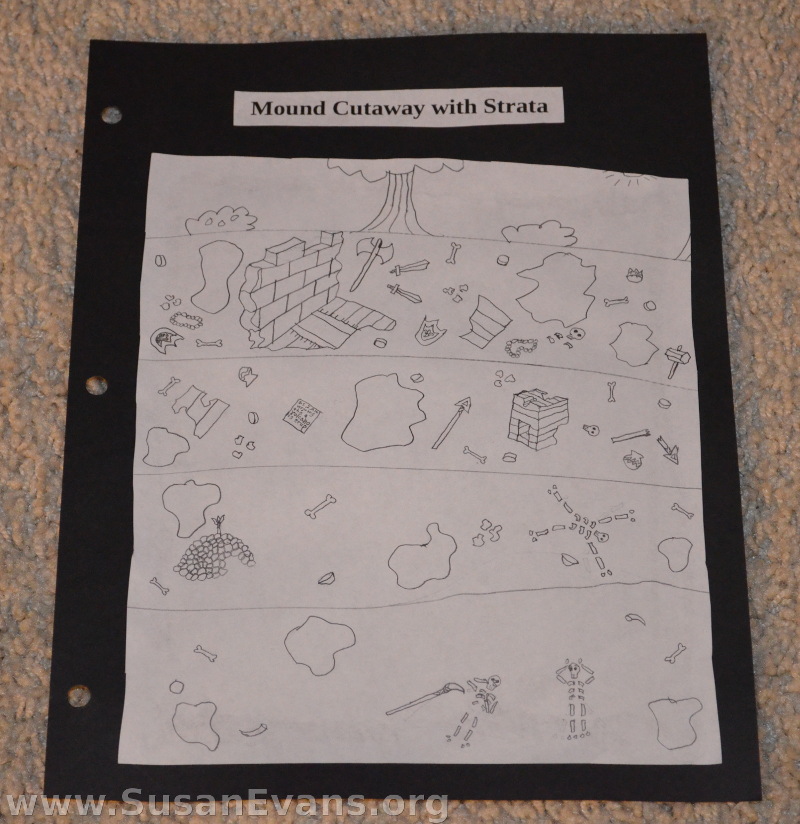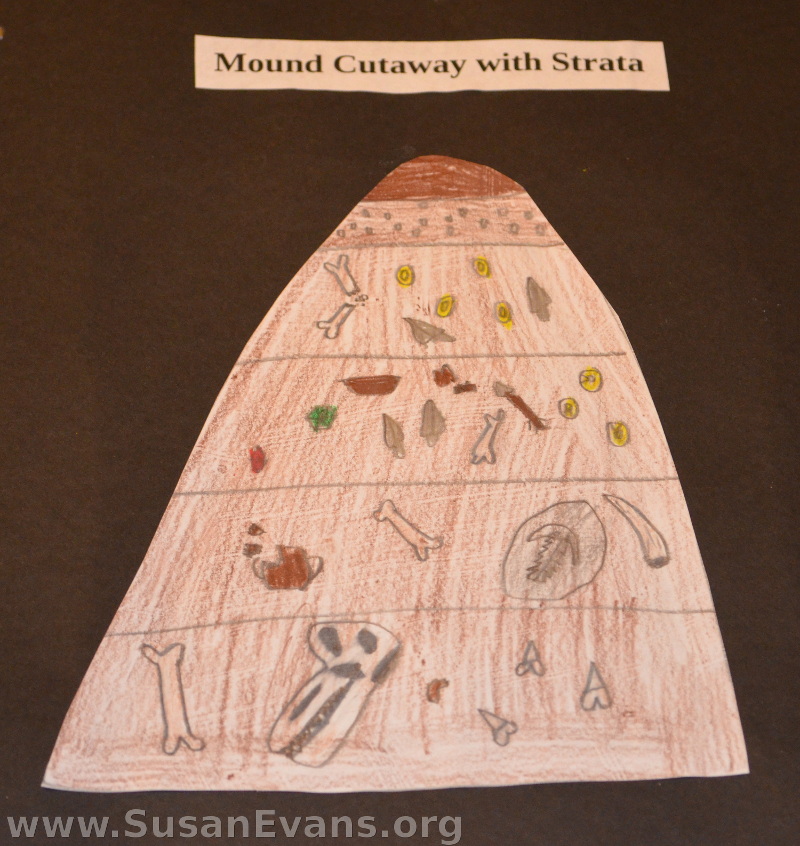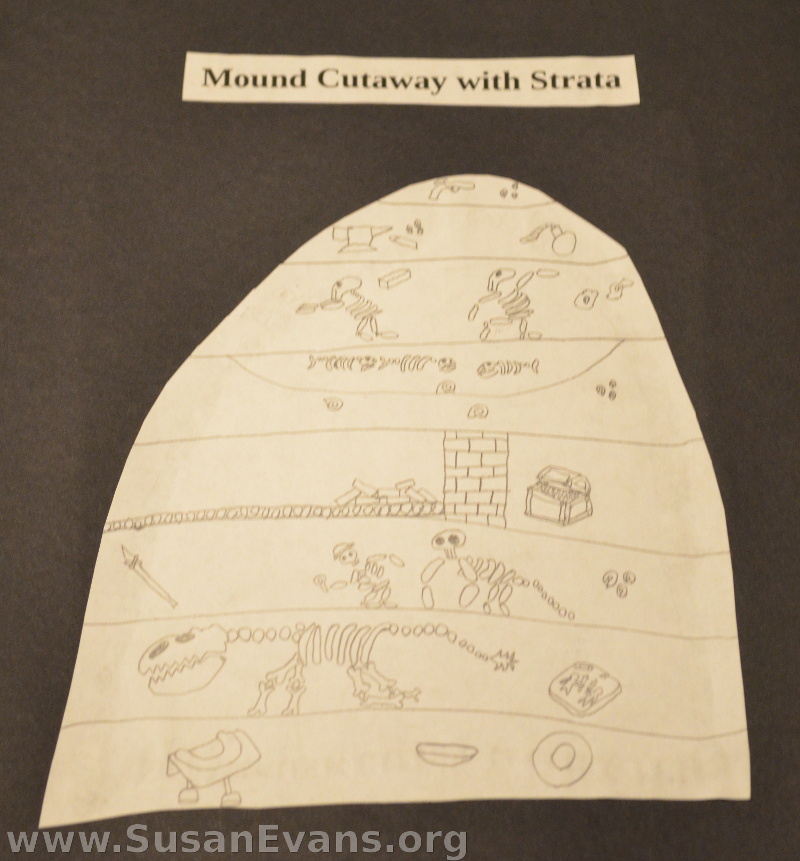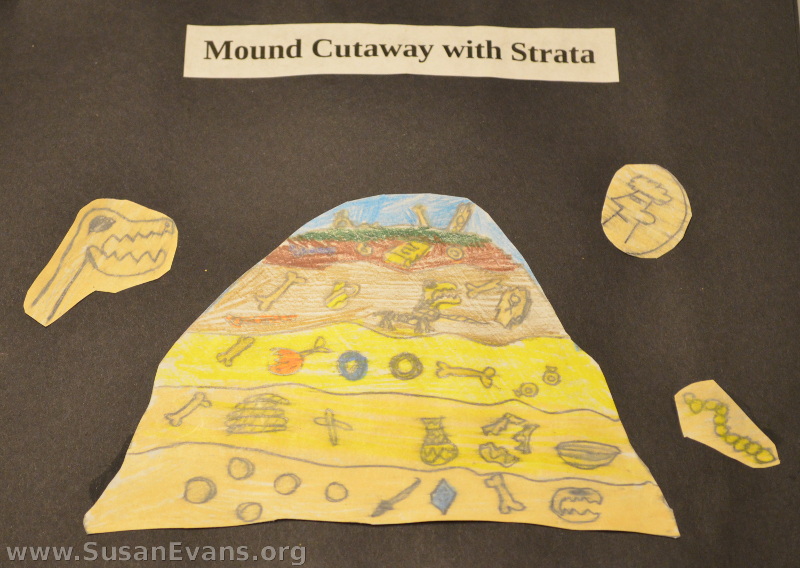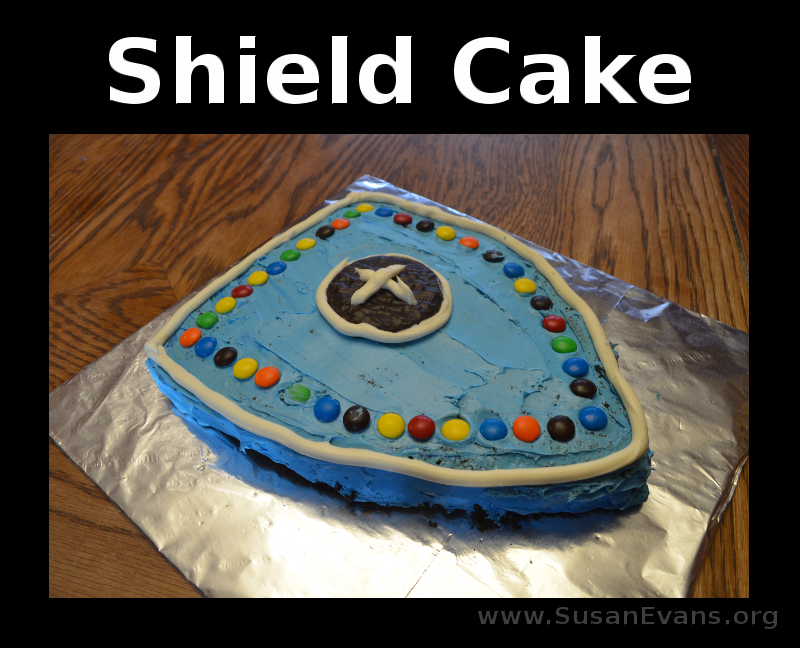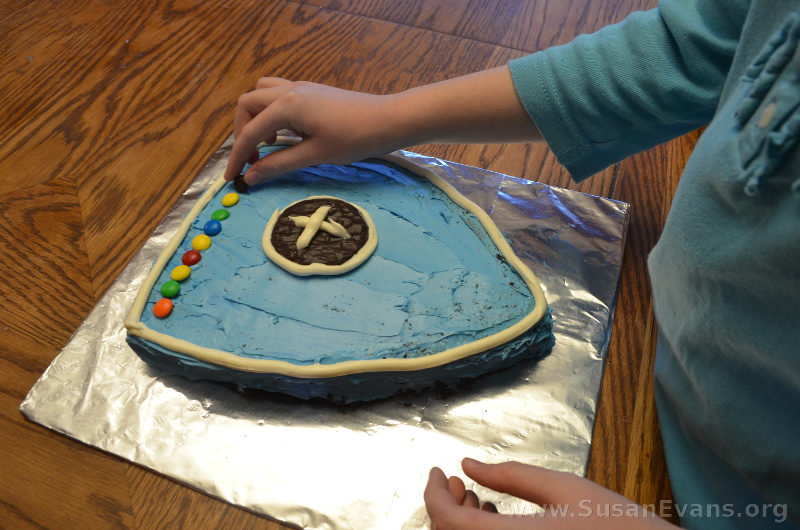Today we are beginning a new series on Elementary Physics, and we will be finding physics around us. You might not be aware that physics is a part of our everyday lives, so we’ve grabbed our video camera and captured some physics on film!
This post contains affiliate links. I was compensated for my work in writing this post.
We printed out the “Finding Physics” chart from Christian Kids Explore Physics by Bright Ideas Press, and my daughter had fun filling out the chart as we walked around, looking for physics.
Finding Physics: What We Found
Matter has weight and takes up space. It’s basically anything we can see or touch. Examples we found are people, scissors, milk, and piñatas. The wall, an ice cream cone, and dirt are also examples of matter.
Energy is the capacity to do work. Examples of energy are the wind, a waterfall, a bolt of lightning, or a microwave.
Heat is a form of energy that causes things to become warm. If you put a cat on your lap, the warmth of the cat will cause you to become hot. Sources of heat: the sun, fire, a furnace, a stove or oven, and even a cup of coffee.
Light enables us to see when it illuminates the area in front of us. Sources of light are the sun, a lamp, a night light, garden lights, traffic lights, and even your cell phone.
Sound is vibrations that travel through the air. We hear these vibrations when they reach our ear. Examples of sounds would be a screaming child, a lawn mower, the clicking of a keyboard, a radio, and birds chirping outside.
Motion is something that is moving. My daughter Rachel is constantly moving (unless she is asleep), so she is a great example of this phenomenon. Other examples of motion are cars, motorcycles, bicycles, a sporting event (although golf and baseball are pretty slow!), and a running hyena.
Here is a coloring page from the first unit: The Foundations of Physics. It shows how trucks, fireworks, and even rocket ships use physics to work:
Now that you’ve seen physics in the world around us, why not stick around for the rest of the series? These are the topics that we will cover during the next few weeks:
- Finding Physics Around Us (this post)
- Measuring the Magnitude of Force
- Changing the Coefficient of Friction
- Turning Potential into Kinetic Energy
- The Speed of a Rotating Cookie
- Flying Projectiles & Plotting Trajectories
- Bowling with Momentum
- Prisms, Light, & Color
- Warming Things Up with Friction
- Sound Collection
- Fun with Magnets
- Make a Compass
Subscribe to make sure you don’t miss a single post!
